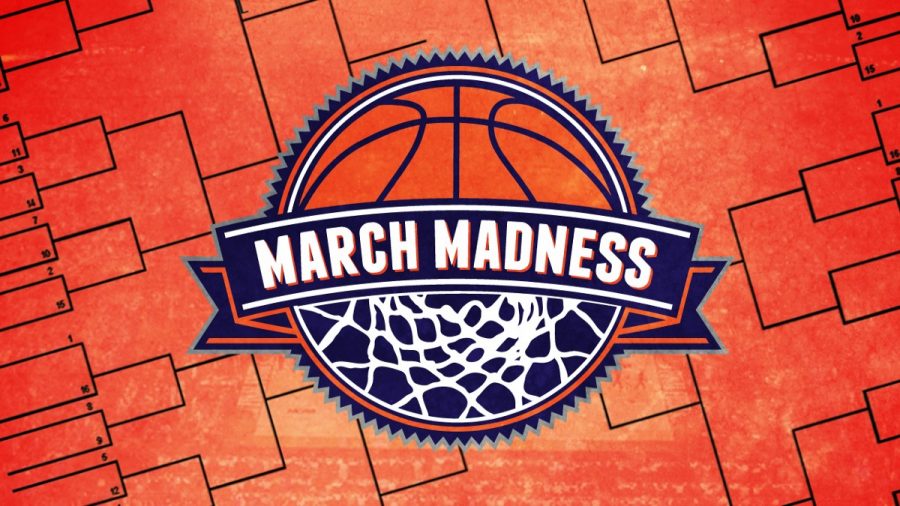Tejas Vadali “Don’t park your car on Franklin Street in Chapel Hill during March Madness,” Ms. Landis, a UNC alumna, and North Carolina native, says, “because fans will it set on fire if UNC loses. They’ll do it if the Tar Heels win, too.” Clearly, it is a university that takes winning seriously. The University of North Carolina has been home to players as legendary as Michael Jordan, and as a result, it has been to 20 Final Fours and has won six national championships. UNC was a top-seeded team in this year’s NCAA tournament alongside Duke, Gonzaga, and Virginia. Unfortunately, the Tar Heels were eliminated in the Sweet Sixteen this season by the Auburn Tigers, a five-seed that, before this year, had appeared in just 22 NCAA Tournament games compared to UNC’s 168. However, this should not come as a surprise. After all, tournament seeding is based solely on a team’s performance during regular season play. If and when a team reaches the NCAA Tournament, it begins with a clean slate, meaning none of its previous games have any bearing on the match or matches it will play during the tournament, aside from the predetermined seeding. Furthermore, statistics don’t favor top seeds very much either. According to NCAA Tournament history, while one-seeds have typically won their games on the road to the fourth round of the tournament, once they reach the Elite Eight, four-seeds, five-seeds, and, unbelievably, eight-seeds all have higher chances of making the Final Four. And after top-seeded Virginia was upset in the first round of the tournament last year by the sixteen-seed, University of Maryland – Baltimore County, it became clear that no team, even one of the supposed best in the tournament, is guaranteed success during March Madness. Nevertheless, if a team does not win one year, it is afforded the same opportunity the next year. In 2017, UNC defeated Gonzaga to win the national championship after having lost the title game on a heartbreaking buzzer beater the year before. And even this year, Virginia, just one year removed from becoming the only one-seed to ever lose an opening round matchup in NCAA Tournament history, defeated Texas Tech to win the Big Dance. The point is, every team gets its shot at winning in the NCAA Tournament. Because it is a single elimination format, games swing much more easily, and upsets can occur like clockwork. In fact, upsets occur so often that creating a perfect bracket, despite the mere 63 games played, has never been done. To put some perspective on the sheer unlikeliness of an NCAA Tournament unfolding exactly according to seeding, Mr. Kendrick, Latin’s resident statistics expert, performed some calculations: Only 0.3% of the millions of entries to the NCAA bracket challenge had Texas Tech playing Virginia for the Championship. The odds of March Madness brackets are fascinating and built on many different assumptions. If you take the basic (and foolish) assumption that each game has 50/50 chance for who wins, the odds of correctly predicting the winner of all 63 games is 1 in 9 quintillion (that’s 9 billion billions, roughly the same odds that a teacher experiences joy outside of a Latin assembly, according to senior Lily Campbell). With this in mind, get ready for next year! Ultimately, this all leads to the point that no team, not even top-seeded powerhouses like Duke, Gonzaga, or UNC, should expect to win the national title. The NCAA Tournament is a brutal format that takes in 68 teams and outputs one champion. The odds that any team can perform night in and night out throughout the duration of the tournament are low. One poor shooting performance can cripple a team’s chances of winning on any given night throughout the tournament, which makes consistency all the more difficult. Whereas professional sports leagues have predictable series-formatted playoff brackets in which teams face off in either best-of-five or best-of-seven series, the NCAA Tournament’s format almost guarantees that some games will literally come down to a coin flip. So no, Duke, UNC, and Gonzaga losing should not come as a surprise, and neither should Virginia’s victory. One bad game does not determine the quality of a team, and neither does it determine the quality of a player. Zion Williamson is still indisputably the best NBA Draft prospect, and his Duke teammate, RJ Barrett, is right alongside him. Michael Jordan, arguably the greatest player of all time, did not even make it past the second round of the tournament during his freshman season. On the other hand, Virginia’s victory should be appreciated, but not unexpected, for the UVA Cavaliers, the only remaining one-seed in the Final Four, were the favorites. With all of this being said, there is a lesson to be gleaned from March Madness: statistics could mean everything or they could mean nothing, so regardless of seeding, no team, not even one stacked with future NBA talent, should ever expect to win the Big Dance. Sources: https://www.betfirm.com/seeds-national-championship-odds/ http://www.sportingnews.com/us/ncaa-basketball/news/unc-national-championship-history-tar-heels-ncaa-tournament/1pb616i8h36pn1ik9okoghl2d0]]>
Categories:
The Stats Behind the Madness: An Overview of This Year’s NCAA Tournament
April 15, 2019
1
0
More to Discover





















































Robert!! :) • Apr 17, 2019 at 6:46 am
The fact that no one has ever submitted a perfect bracket is mind-boggling. I never realized how much pure luck played into March Madness. What an interesting article, Tejas!! 🙂 🙂